I have the following fields in my table:
id - user_id - display_time - icon_id - background_id - page_name - template_id - sort_id - time
Basically, each user has their own slides that they can create and these are just some settings within it. These are for the custom slides but each user will have 12 or so default slides that are pre-made.
My question is.. for the pre-made slides that all users get, I don't need to define all of those fields. It will already have a background and icon and all of that, that cannot be changed. However it needs to be on this table because the user can still change the sort order and the time.
So... I could define the background and icon for each pre-made slide, but in the future if I did want to change the background of the universal "Dashboard" page then there is no easy way to make the change, since it is already in the database for that background_id.
Sorry if that was really confusing. Does anyone have any suggestions on how to approach this? I hope I have the right idea here.
So this table is good for the custom slides but I need to fit the universal pages that all users get in here so they can define some important variables like how long the slide will show for and the order. Is there an easier way to do this?
Edit:
I need to have the ability to add more than 1 of the same slide in the sort order. So if someone wants slide 1 to show up again and just change the sort order and display time. So they can have many different "instances" of each slide.
Can I take out the slide_id PRIMARY key without it messing anything up? It says it is Unique right now which I think is making this mess up if I try to add another of the same slide.
Thanks!
